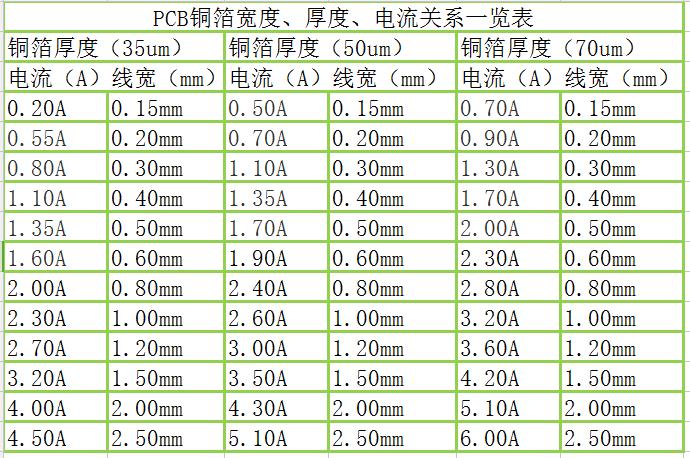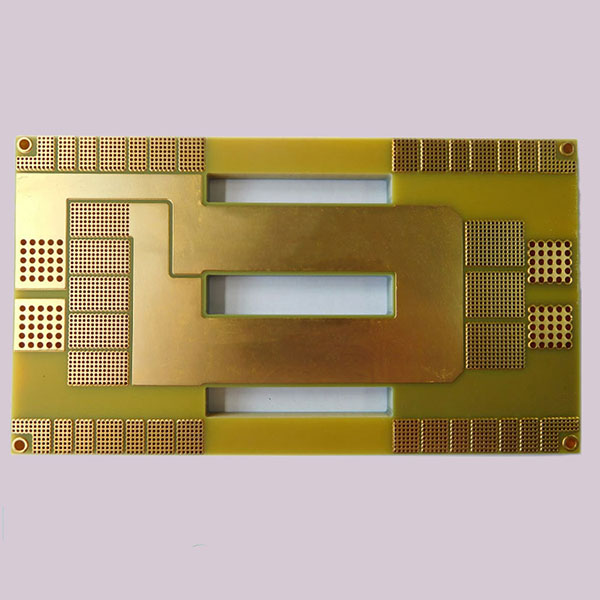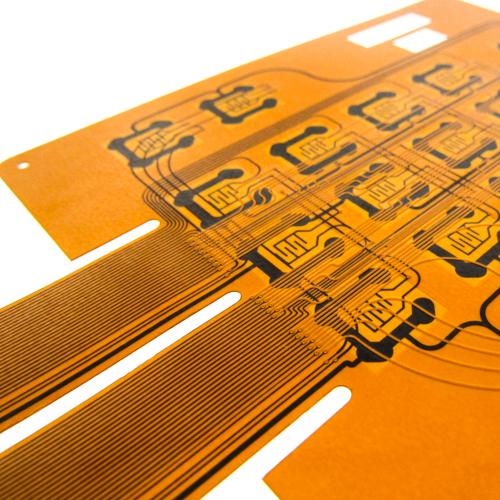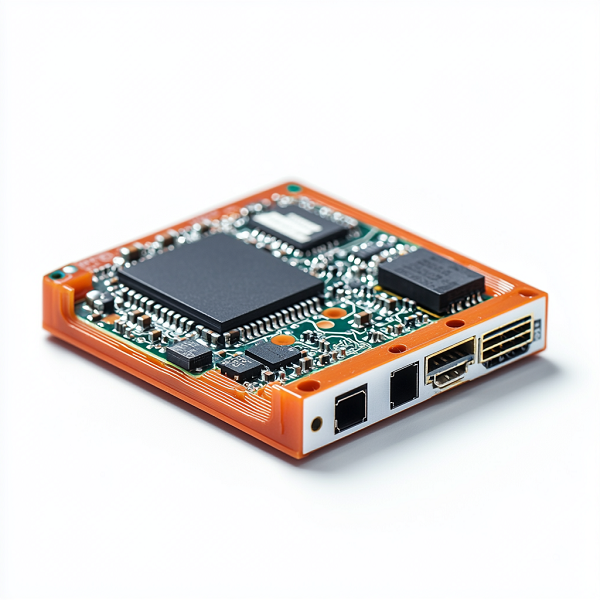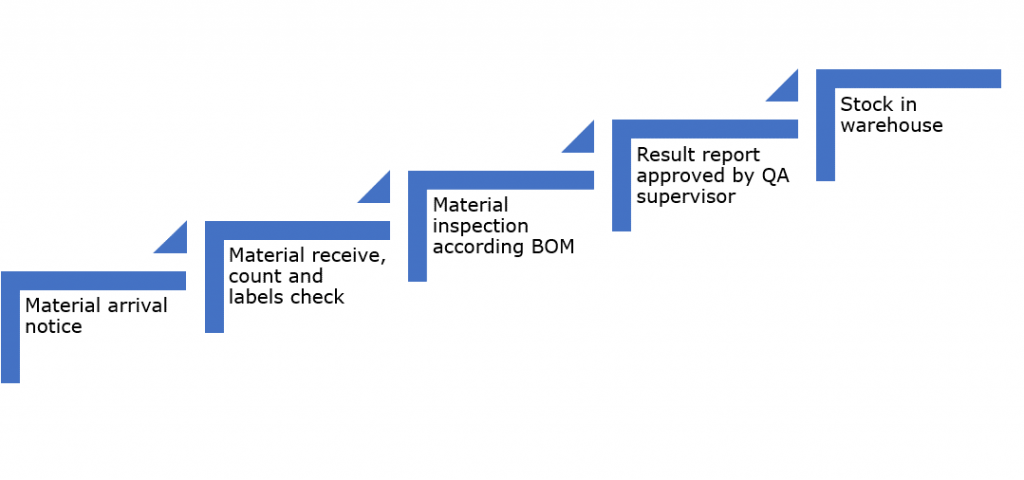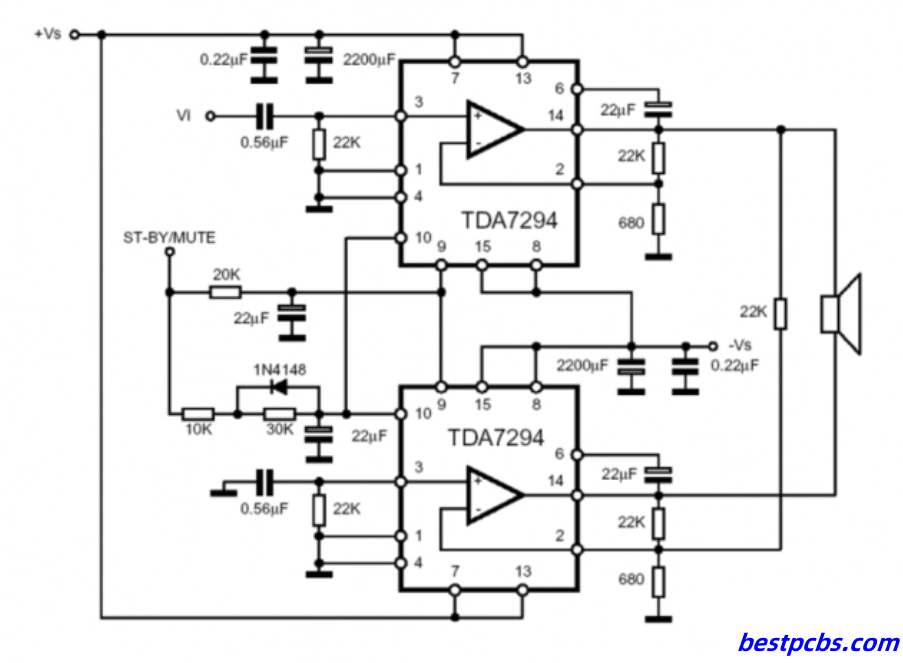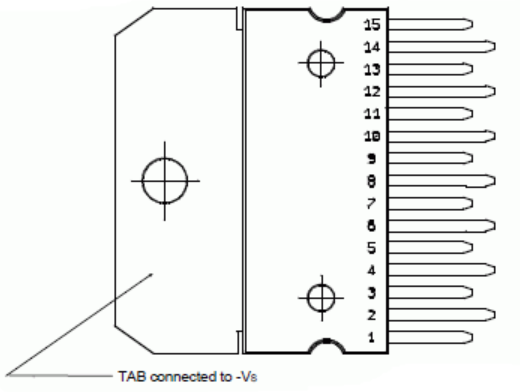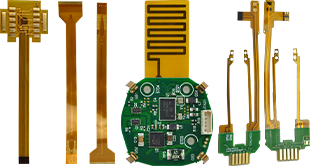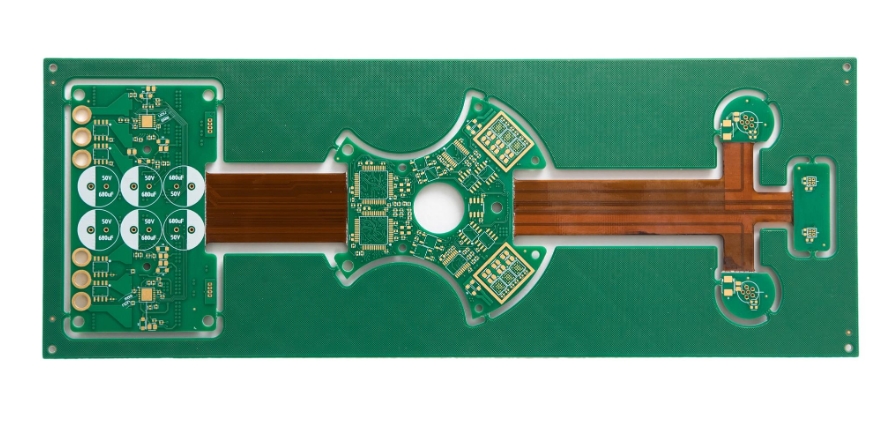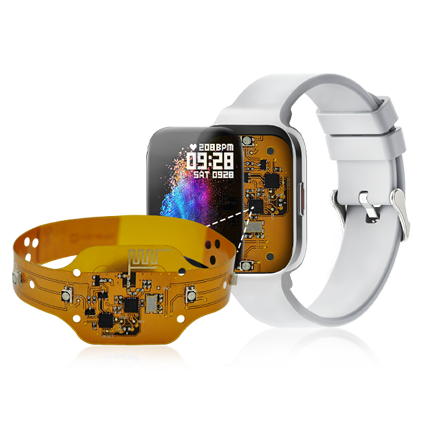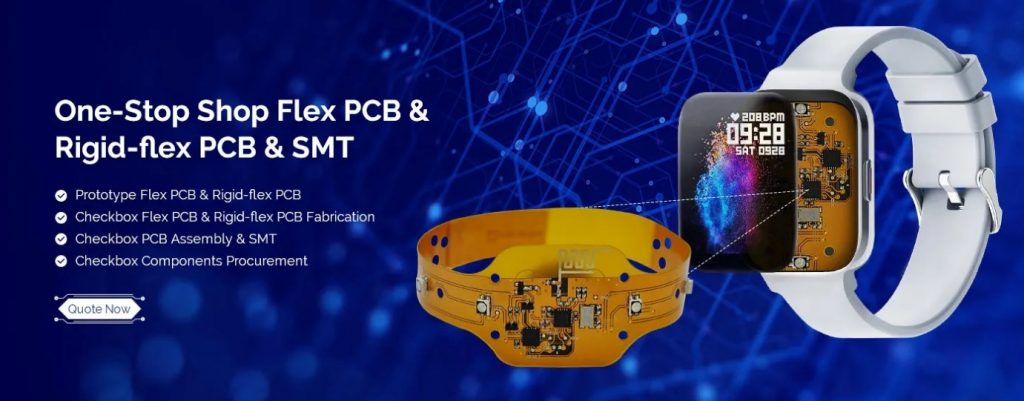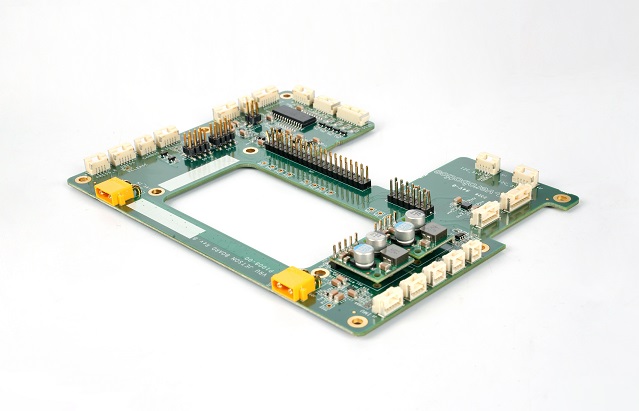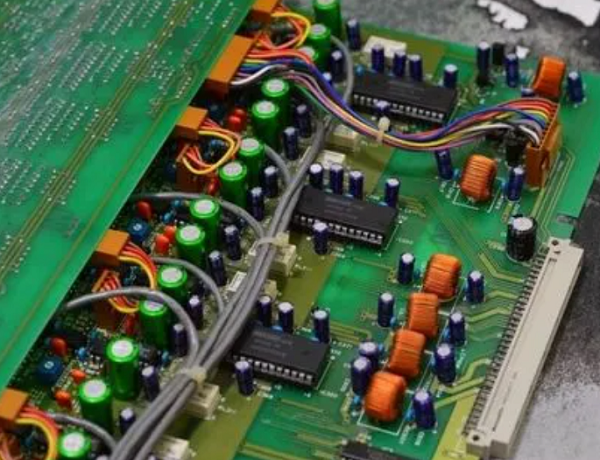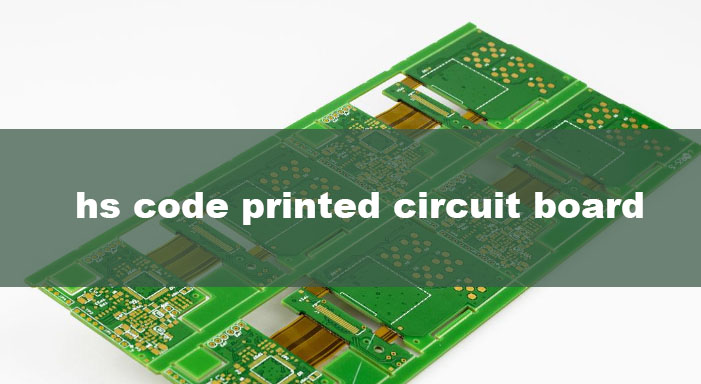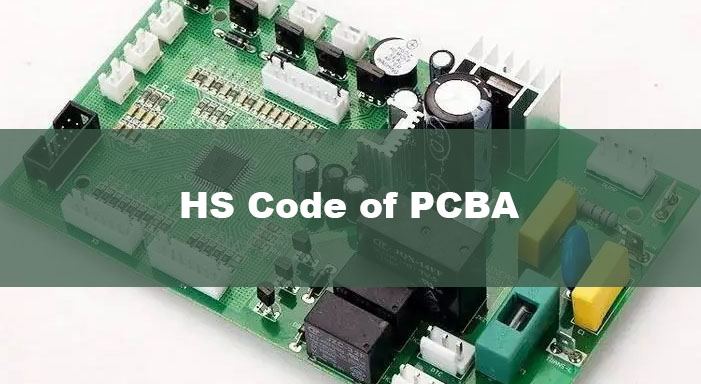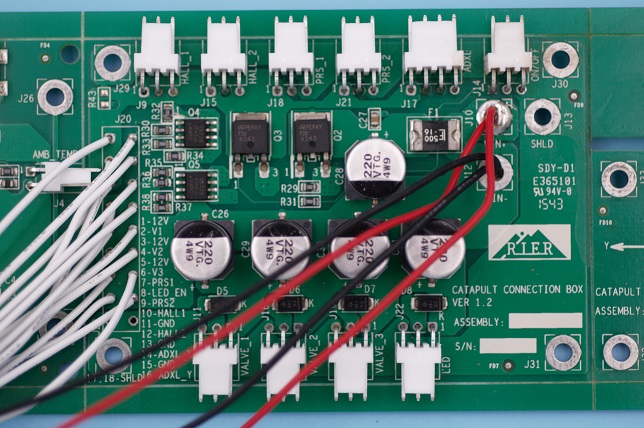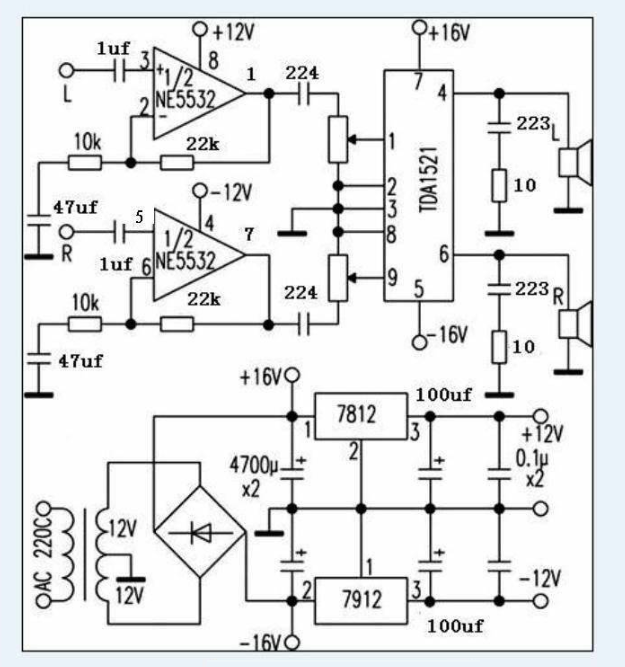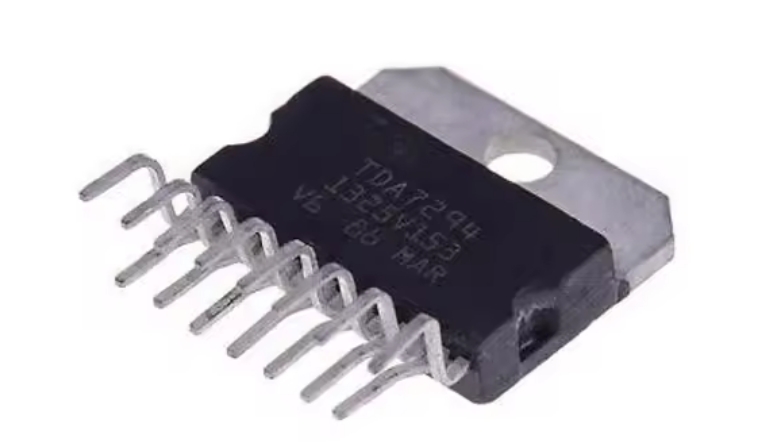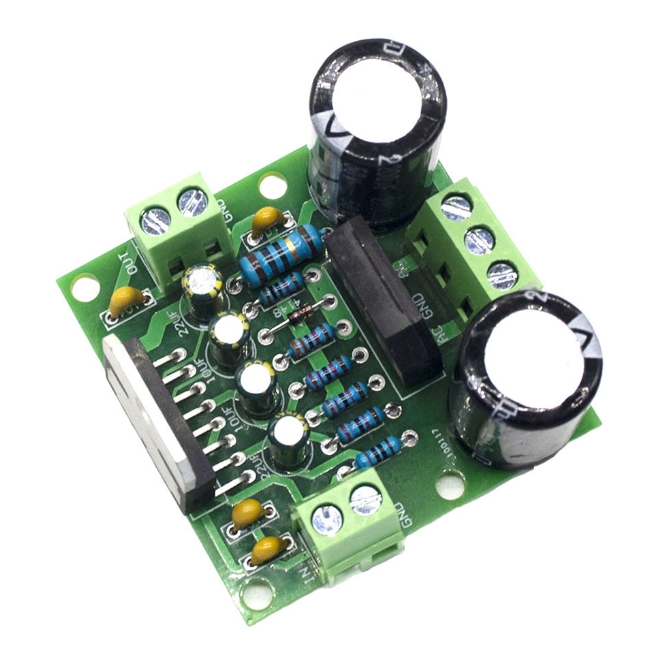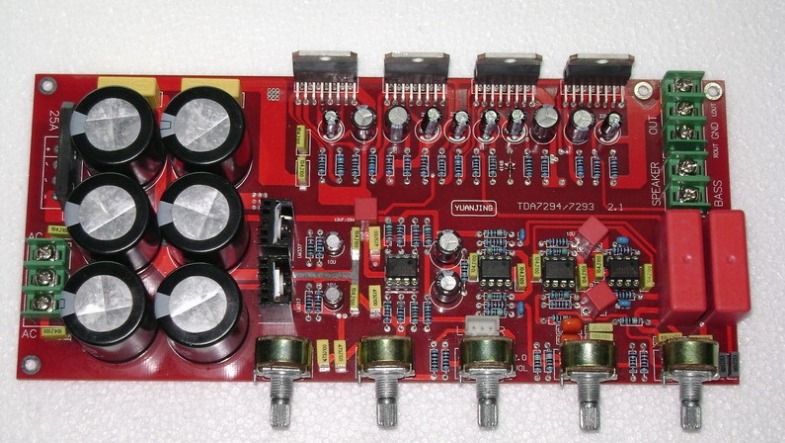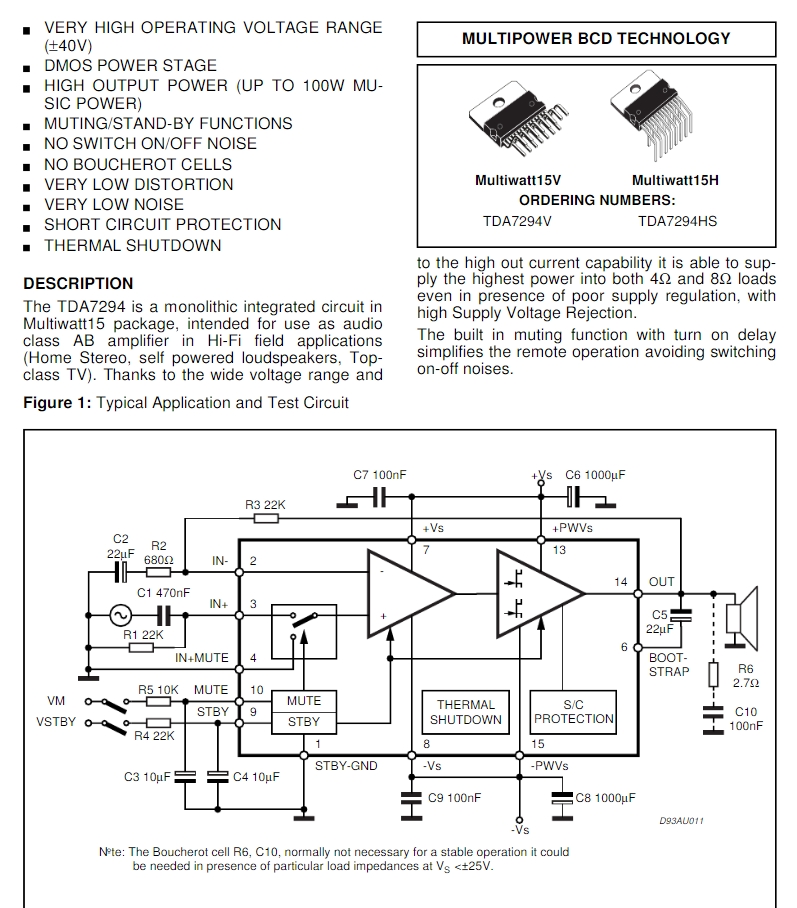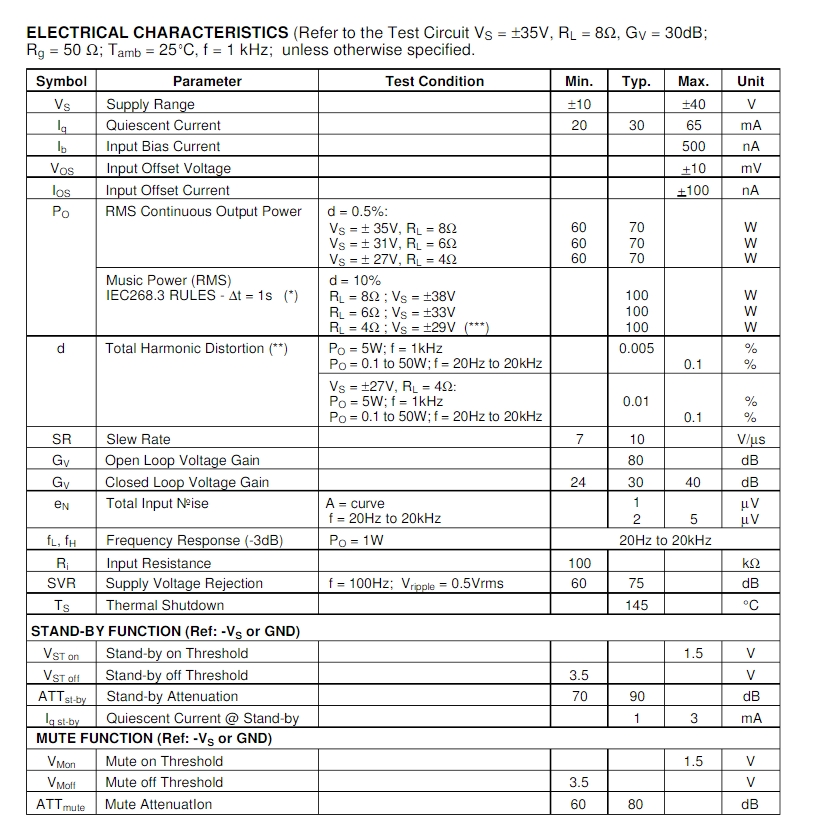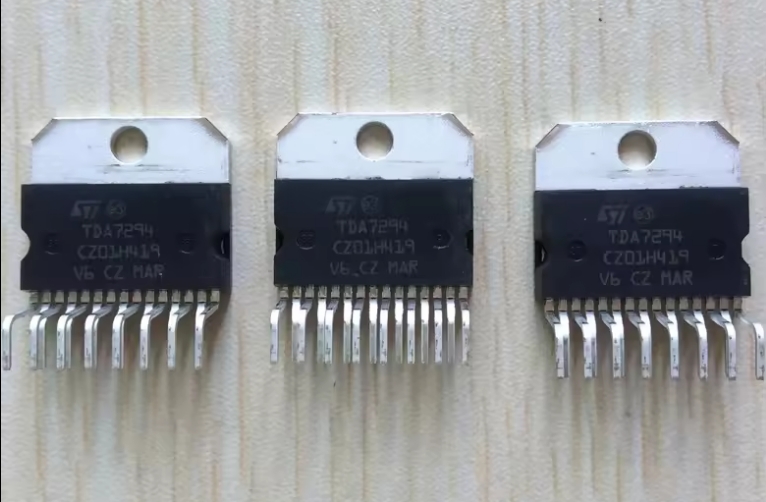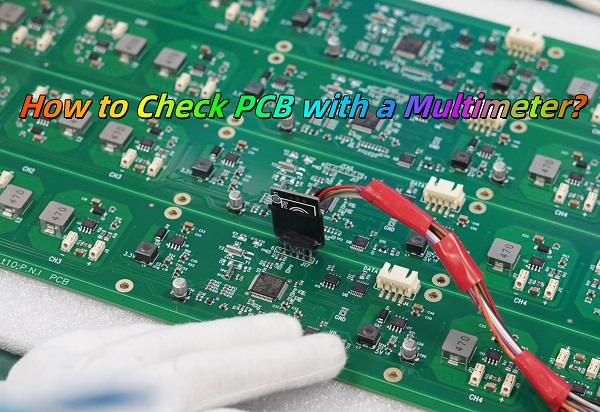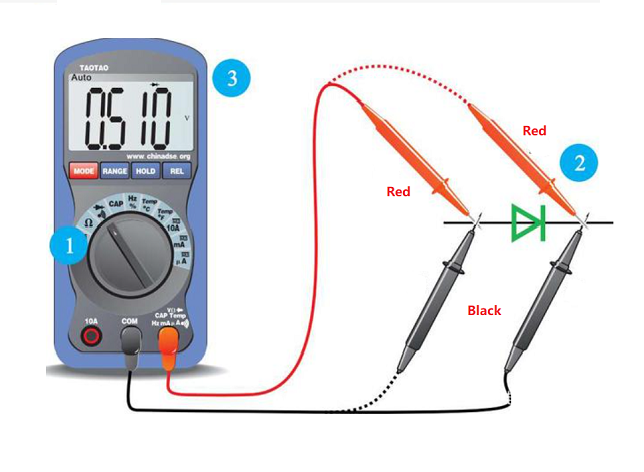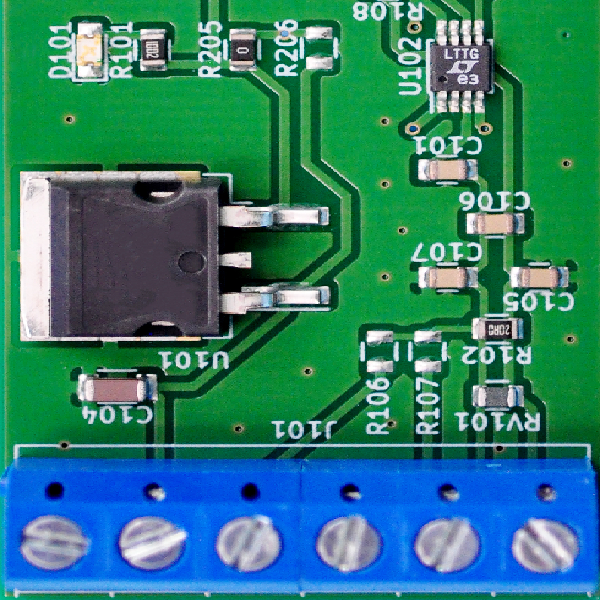In the PCB manufacturing process, the glass transition temperature is an important performance indicator. During the manufacturing and use of PCB boards, they will undergo multiple heating and cooling processes. If the operating temperature exceeds the glass transition temperature, the board will soften, expand, or even deform, affecting the accuracy and reliability of the circuit. Therefore, choosing the right glass transition temperature is crucial to ensure the dimensional stability and long-term performance of the PCB.
What is the glass transition temperature and Its Significance?
The glass transition temperature (Tg) refers to the temperature corresponding to the transition from the glass state to the high elastic state. The glass transition is an inherent property of amorphous polymer materials and a macroscopic manifestation of the transformation of the polymer motion form. It directly affects the performance and process performance of the material. Therefore, it has long been the main content of polymer physics research.
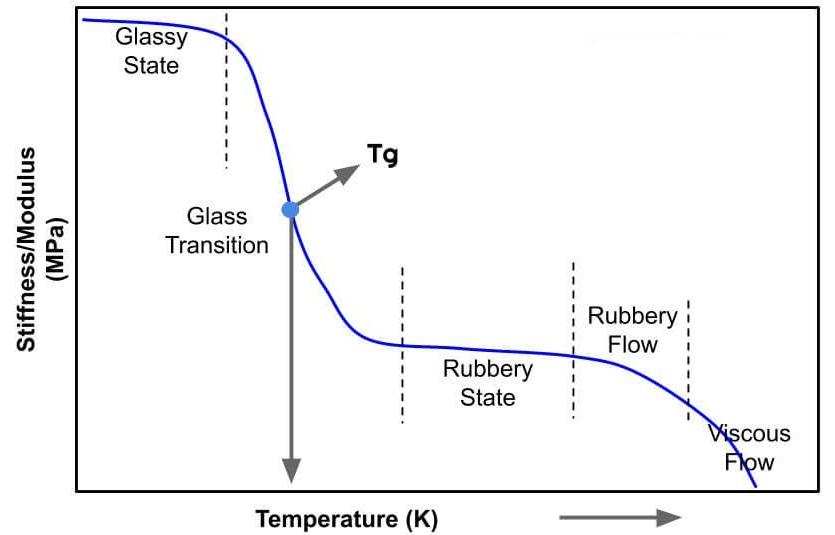
The glass transition temperature is of great significance to the application of polymers. Above this temperature, polymers show elasticity; below this temperature, polymers show brittleness. This characteristic must be considered when used as plastics, rubber, synthetic fibers, etc.
The glass transition temperature of mainstream FR-4 boards is approximately between 130-140℃. In the PCB manufacturing process, the temperature needs to be strictly controlled to avoid exceeding the glass transition temperature to ensure the quality of the product.
Is higher glass transition temperature better?
In PCB manufacturing, the higher the glass transition temperature (Tg), the better.
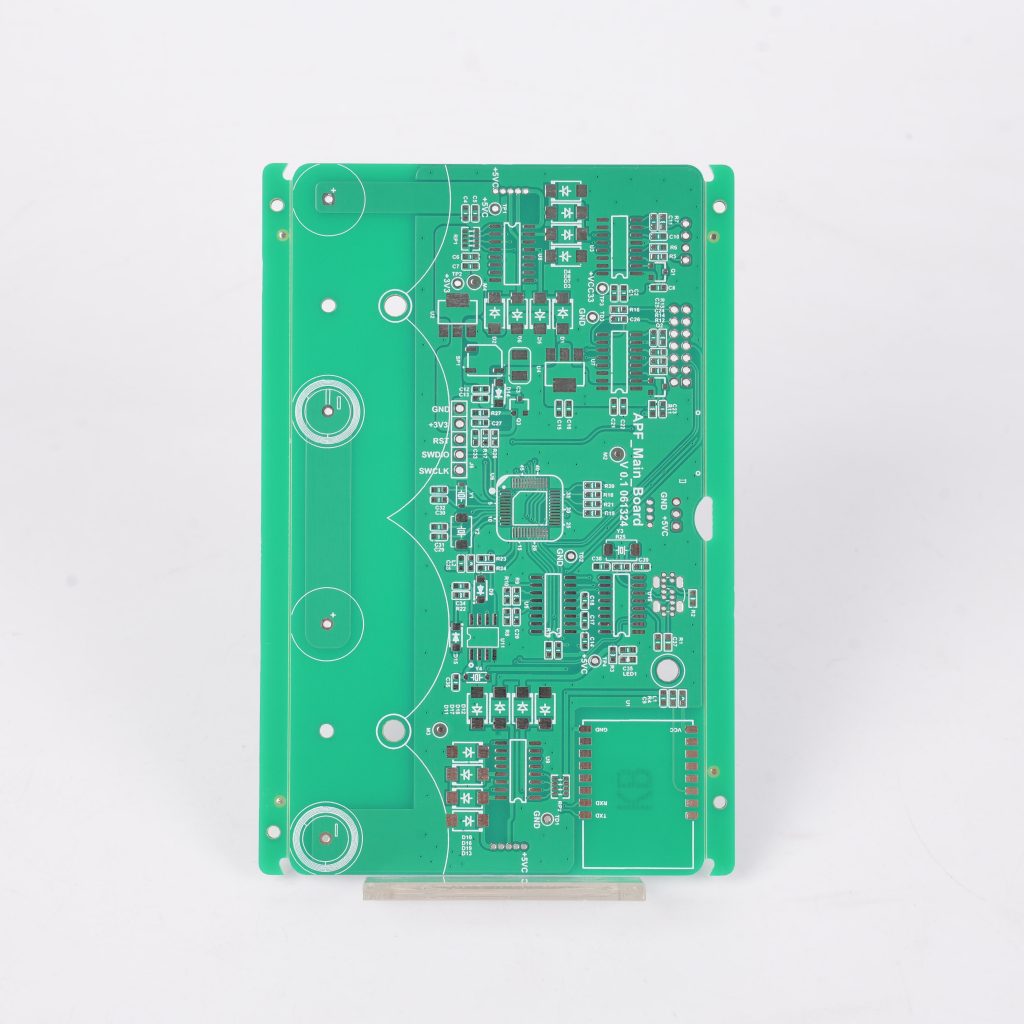
The glass transition temperature is an important performance indicator of polymer materials, which determines the changes in the physical and chemical properties of the material at a specific temperature. When the temperature of the polymer is lower than its glass transition temperature, the material exhibits hard and brittle characteristics, similar to the glass state; when the temperature is higher than the glass transition temperature, the material becomes soft and exhibits elasticity similar to rubber or leather. This state change has a direct impact on the performance during PCB manufacturing and use.
1. Temperature deformation resistance :
The higher the Tg value, the stronger the material’s temperature deformation resistance. This means that in a high temperature environment, such as during SMT welding, the PCB substrate is not easy to deform, thereby maintaining dimensional stability, which is crucial to ensure the reliability and long-term use of the circuit board.
2. Electrical performance and mechanical strength:
The high or low Tg value directly affects the electrical performance and mechanical strength of the PCB. High Tg materials can maintain good physical and chemical stability at high temperatures, thereby maintaining the electrical properties and mechanical strength of the circuit board, which is crucial to improving the quality and reliability of the product.
3. Safety:
PCB materials with high Tg values are not easy to soften or melt at high temperatures, thereby improving the safety and durability of the circuit board and reducing the risk of short circuits or other damage caused by high temperatures.
In summary, choosing PCB materials with higher Tg values is one of the key factors to ensure that the circuit board maintains stable performance and safety in complex manufacturing and use environments.
What is glass transition temperature vs melting temperature?
In PCB manufacturing, glass transition temperature and melting temperature are two different physical properties that describe the state changes of materials under different conditions.
The glass transition temperature (Tg) mainly involves amorphous materials or amorphous regions in partially crystalline materials. At this temperature, the physical state of the material changes from glass to highly elastic.
The melting temperature (melting point) mainly involves the melting process of crystalline materials. For crystalline polymers, the melting point marks the temperature at which the molecular chain begins to move, that is, the material changes from solid to liquid. The melting point is related to the crystallinity and lattice structure of the material and is a physical property unique to crystalline materials.
In short, the glass transition temperature mainly affects the amorphous region in amorphous or partially crystalline materials, while the melting temperature mainly affects crystalline materials and involves the melting process of the entire crystal. These two temperatures reflect the different physical state changes of different materials when heated.
How do you determine the glass transition temperature?
Expansion method, thermomechanical method, differential scanning calorimetry (DSC), DTA method, dynamic mechanical property analysis (DMA) method, nuclear magnetic resonance method (NMR).
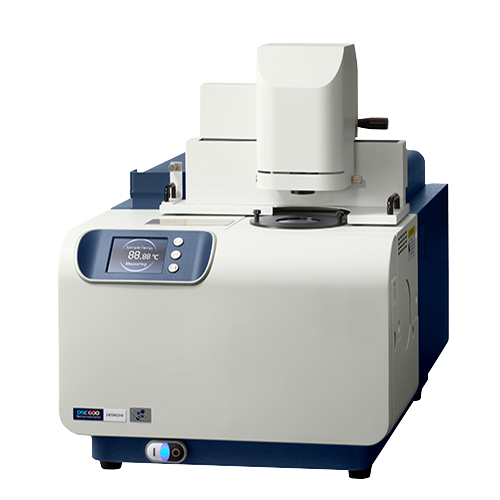
Differential scanning calorimetry (DSC) is the most traditional and commonly used measurement method. It measures the relationship between the power difference (heat flow rate) and temperature between the sample and the reference material, and then obtains the glass transition temperature of the material;
Dynamic mechanical analysis (DMA) is the most sensitive method. It measures the sinusoidal alternating stress of constant amplitude applied to the sample, observes the change of strain with temperature or time, and calculates the mechanical parameters to characterize the elastomer;
Thermomechanical analysis (TMA): Use a probe with good sensitivity to measure the expansion coefficient of the material, and measure the glass transition temperature of the material based on this change.
What is the difference between TM and Tg?
In the PCB industry, TM and Tg are two different parameters, representing two different physical properties.
Tm: melting point; m is the melting point of crystalline polymers, that is, the temperature at which crystalline polymers melt. It is the highest use temperature of crystalline polymers when used in plastics and fibers, and it is also their heat resistance temperature and the lowest temperature for molding processing.
What is the Tg of polyurethane?
The glass transition temperature (Tg) of polyurethane is not a fixed value, but a physical quantity determined by the type of resin.
There are many types of polyurethane, including polyether, polyester, polyimide, polyurea, etc. Each type of polyurethane has its own specific glass transition temperature.
Shape memory polyurethane has a small volume expansion rate at temperatures below Tg, but increases at temperatures above Tg, which shows the characteristics of its glass transition temperature. Therefore, to determine the glass transition temperature of a specific polyurethane, its specific chemical structure and application field need to be considered.
What is Tg for epoxy?
The Tg value of PCB epoxy resin is usually between 130℃ and 170℃.
The Tg value (glass transition temperature) of PCB (printed circuit board) epoxy resin is an important performance indicator, which reflects the change in the physical state of the material when heated. According to different application requirements, the Tg value of PCB epoxy resin can be divided into several grades:
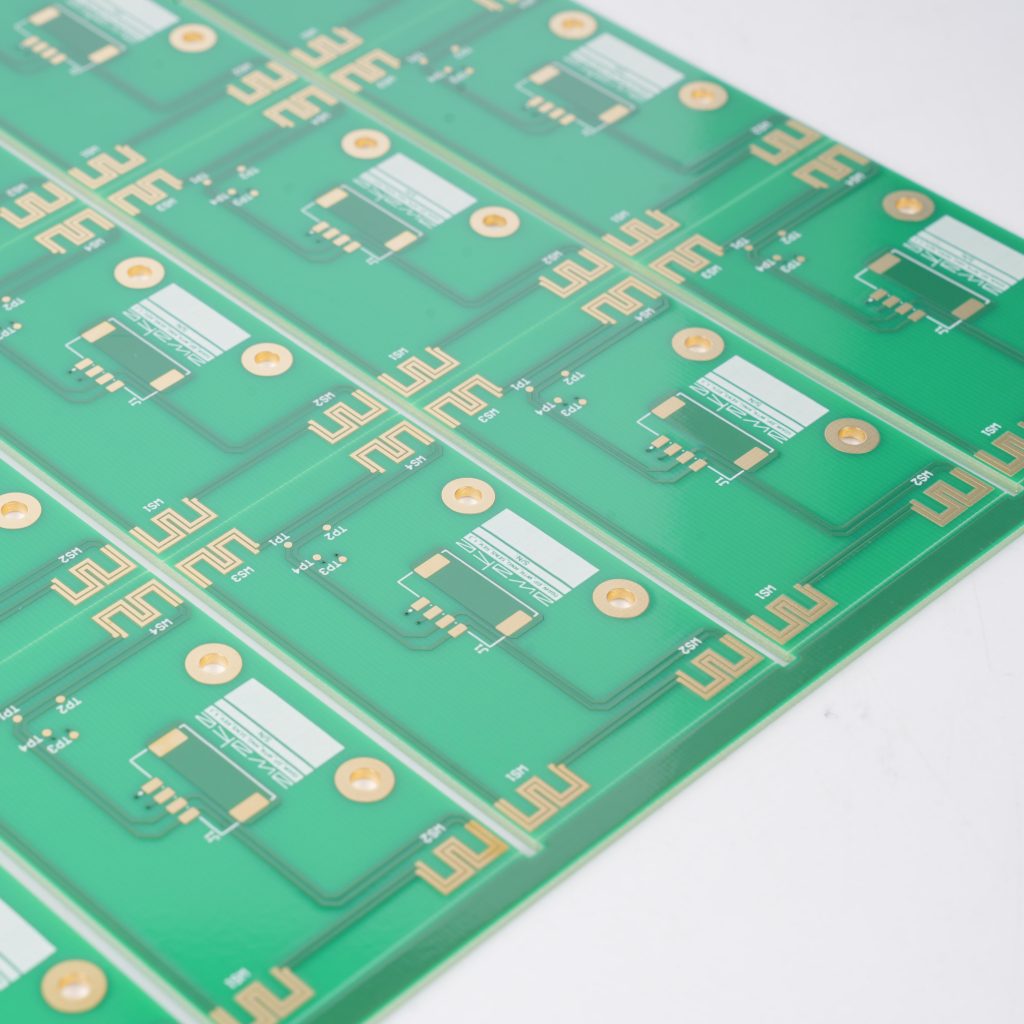
TG130: The temperature resistance of this type of board is about 140℃. Common Tg value boards of this type are Shengyi S1141 and Jiantao KB-6164F.
TG150: A medium Tg board with a temperature range of 150°C to 170°C. Common boards with this type of Tg include Shengyi S1141 150 and Jiantao KB-6165F.
TG170: A high Tg board with a temperature range of over 170°C. Common boards with this type of Tg include Shengyi S1170 and Jiantao KB-6167F.
Selecting the right Tg value is critical to ensuring the performance and reliability of the PCB. Although boards with high Tg values are relatively expensive, their superior temperature resistance is indispensable in applications that require higher temperatures, such as aerospace. In addition to Tg values, other factors should be considered when selecting PCB boards, such as thermal decomposition temperature (Td), which is another important indicator for evaluating the stability of boards at high temperatures.
Conclusion:
High Tg represents high heat resistance. Electronic products represented by computers are developing towards high functionality and high multi-layer, which requires higher heat resistance of PCB substrate materials as an important guarantee. BEST Technology focuses on manufacturing high-performance PCB circuit boards and is far ahead in the industry. It has professional production equipment and 18 years of design experience, and has high quality requirements for products.




